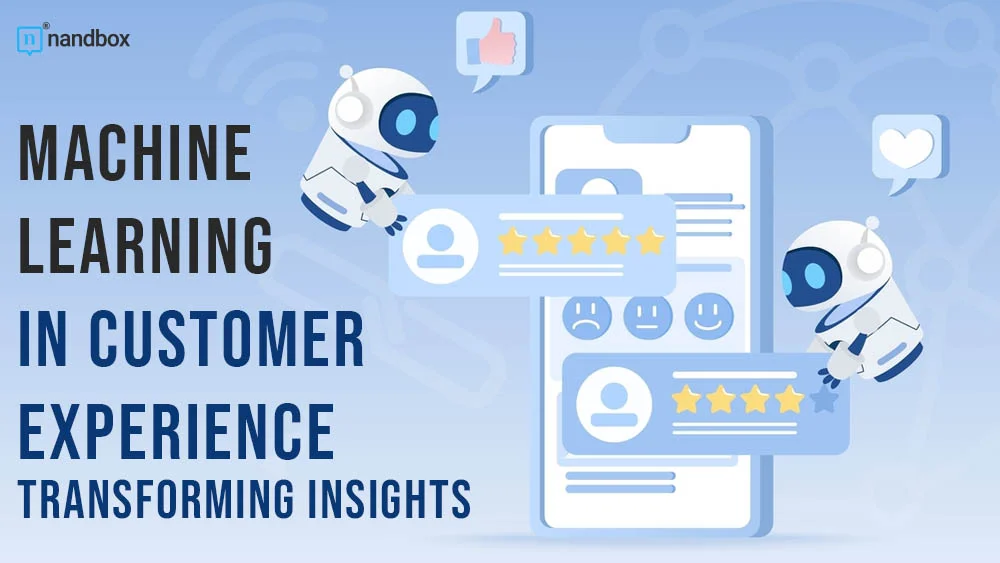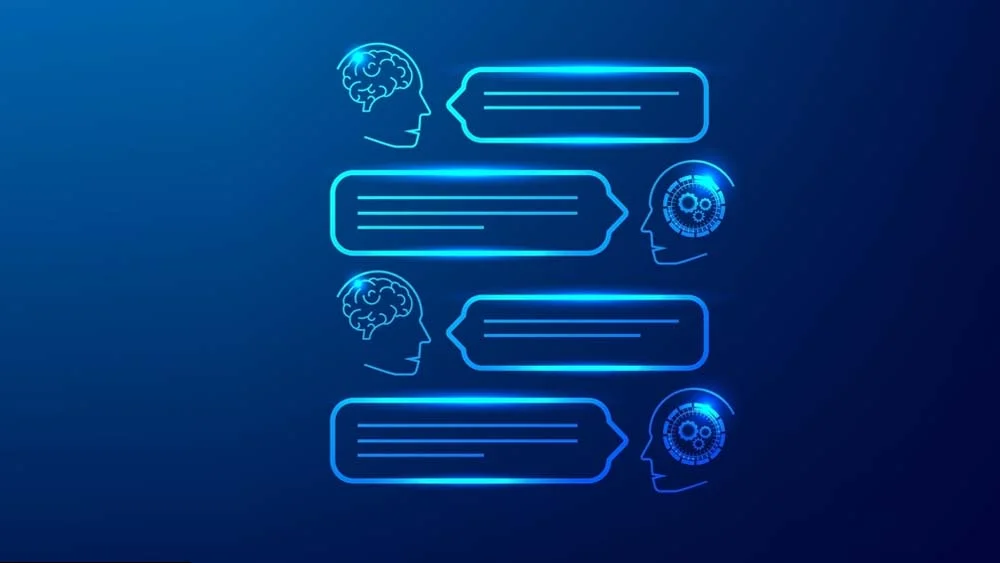In an increasingly competitive business landscape, customer experience (CX) has become a critical differentiator. The businesses that excel at providing exceptional CX will often build stronger customer relationships built on trust. Earning the loyalty and repeat business of customers is the best way to succeed in the long run, as you don’t have to exert as much energy to constantly acquire new ones. Machine learning (ML) and generative AI have emerged as powerful tools for transforming CX through insights into customer behavior and process optimization. If you’re curious to learn more about what it is and how you can implement machine learning in customer experience to gain a competitive edge, read on.
Machine learning in Customer Experience
Machine learning is a subset of AI and involves the use of algorithms and statistical models to analyze complex data. You can use it to learn from your data, pick up on patterns and trends, and make data-backed decisions to deliver exceptional CX.
The AI customer services market is set to surpass $3 billion by 2032, so now’s the time to use it to gain an edge over your competition.
Due to the vast amounts of customer data you can wade through and interpret with ML, you can save a lot of time and improve operational efficiency within your business.
You can use ML to:
- Highlight opportunities for personalized product recommendations
- Predict customer behavior based on historical data
- Automate your customer support process for seamless interactions and 24/7 availability
By leveraging ML, you can better anticipate your customers’ needs and tailor your offers to them for greater relevance.
Personalize your interactions
One of the most impactful ways you can use machine learning to improve your customer experience is through personalization. With ML algorithms, you can break down customers into distinct profiles based on their browsing history, purchase behavior, and preferences.
56% of organizations believe that generative AI will offer improved efficiency and productivity, so if you combine the data analysis of ML with this newer technology, you can drastically increase data processing and customer personalization.
Armed with this information, you can send targeted marketing campaigns to these different profiles to increase the likelihood of converting attention into buys. 38% of organizations claim that AI has driven revenue increases in their sales and marketing efforts. This is especially straightforward for e-commerce businesses, who can use ML to sift through the wealth of data they’ve collected on past customer interactions.
Netflix uses ML to generate content based on what users are most likely to want to see. The automated platform uses information such as user preferences and watch history to highlight similar TV shows and films. Likewise, Amazon uses ML to recommend similar products to those you may have purchased before.
As you might imagine, this level of personalization likely accounts for a significant percentage of sales for many companies, as you’re showing customers exactly what they want to see based on what you already know.
Support your payment processing
Payment processing is another area in which machine learning can support your customer experience. One of the most common issues for businesses handling payments is the frequency of fraudulent transactions and chargebacks.
ML algorithms can help you detect these false transactions by picking up on anomalies in real-time, thereby protecting your business from fraud and contributing to a more secure payment process.
You can also optimize payment gateways with ML to cut down on processing times. For example, some payment processors will use ML to route transactions through more efficient channels to minimize delays on the customer’s end.
Plus, you have the option of introducing extra personalization to your payment process with ML. With historical data analysis, you can present customers with discounts, tailored promotions, and loyalty rewards when the time is right.
Leverage real-time insights
It’s not just past data ML handles though, some algorithms allow you to gain immediate insights into customer behavior. By analyzing customer interactions across various touch points, including websites and apps, you can react in real-time to developing situations.
It could be that there’s a sudden increase in interest in one of your products, in which case an ML system could bring this to your attention in real-time, giving you the chance to capitalize on the trend and adjust your marketing accordingly.
Given the volatile nature of social media and how quickly things change, you never know when a meme or viral trend is on the horizon, which could temporarily put you in a great position to increase your sales and get your brand name out there.
Automate customer support
In recent years, consumers are more likely to prioritize convenience as they know that they can get whatever they want quickly due to phenomena such as Amazon and the rise of food delivery apps.
This is another area in which ML can have a significant impact on your business and customers. With AI-powered chatbots, you can outsource a lot of your customer inquiries and free up employee time to focus on more strategic activities.
By 2026, it’s expected that conversational AI deployments will cut down agent labor costs for customer service by $80 billion.
The added benefit of using AI chatbots for customer service is that you can minimize wait times, declare 24/7 availability for different time zones, and automate an arm of your business that requires a lot of employee time.




